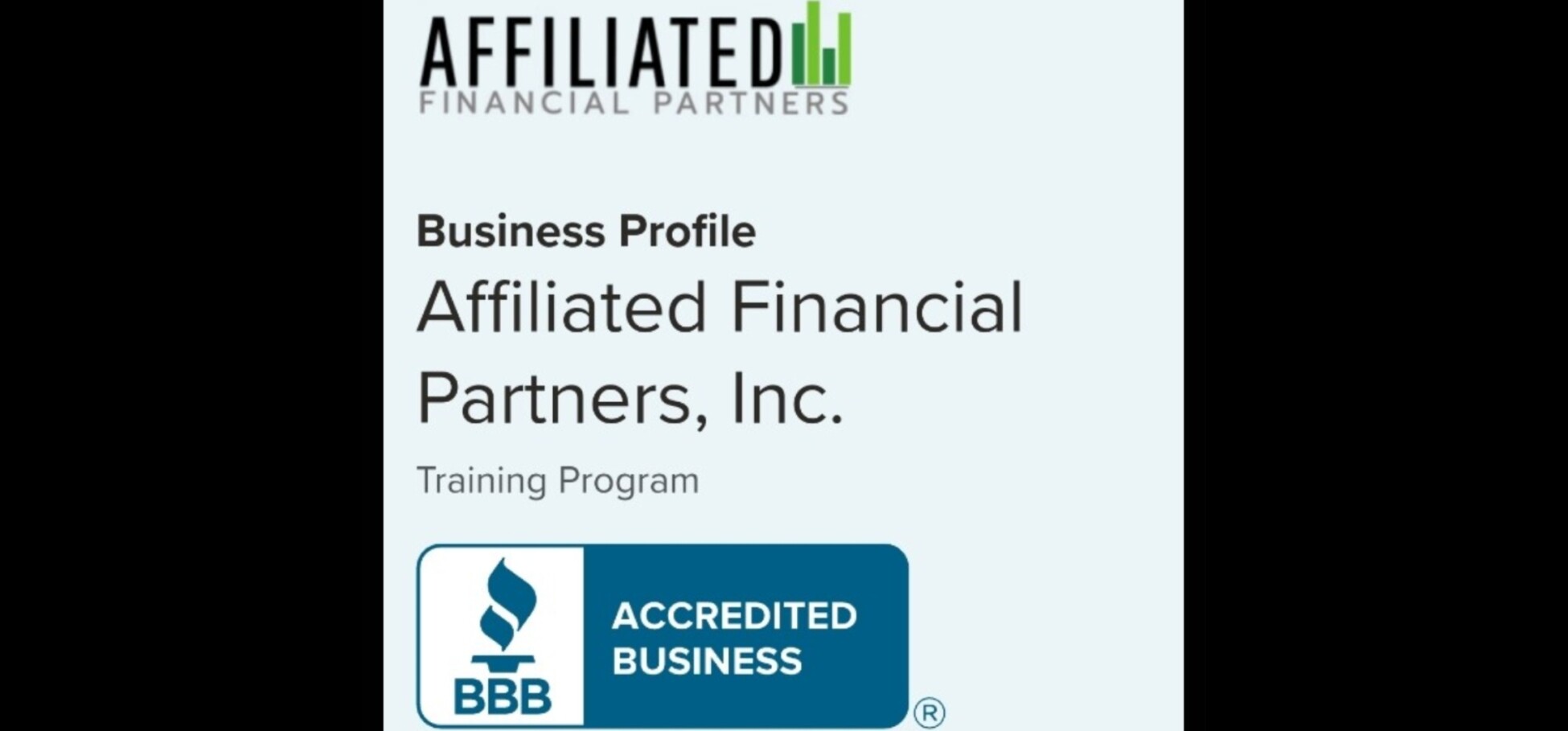
Danny Vesokie | Affiliated Financial Partners
EducationForum Replies Created
-
Danny Vesokie | Affiliated Financial Partners
MemberJanuary 11, 2025 at 4:26 am in reply to: MORTGAGE RATES & MARKET NEWS FOR APRIL 30th, 2024Ten year treasuries are skyrocketing surpassing the 4.70%. What this translates to is higher mortgage rates. Mortgage Rates hit its highest level since six months ago. In the meantime, inflation seems like it’s increasing to record highs with no sign of retraction. Joe Biden and Kamala Harris were not only incompetent but they both devastated the U.S. economy and America in general. It’s going to be a rough road ahead to recover the devastation the Biden- Harris Administration did
There is absolutely no quick fix. In the meanwhile, Americans will enter a turmoil skyway to recovery which can take longer than a year.
-
Danny Vesokie | Affiliated Financial Partners
MemberJanuary 11, 2025 at 4:12 am in reply to: National Daily Headline News for Friday January 10th 2025Anne Makovec has the latest from Los Angeles and southern California as wildfires ravage the area. Dozens and dozens of homes have been burned to the ground as the death toll continues to rise. With over 5 active wildfires continuing to burn with over 30,000 acres burned, larger than San Francisco.
-
Danny Vesokie | Affiliated Financial Partners
MemberJanuary 8, 2025 at 7:17 pm in reply to: Daily Mortgage and Real Estate News for Wednesday January 8th 2025The Federal Reserve Board needs to be shut down. The Federal Reserve Board is the number one reason for inflation.
The concept of closing the Federal Reserve (Fed) is highly controversial and intricate, with arguments for and against it. In this case, I’ll describe some of the criticisms that are often leveled at the Fed, especially about inflation and broader concerns about its role in the economy.
Criticisms of the Federal Reserve about Inflation:Inflation Boosting:
- The most notable criticism of the Federal Reserve has been its contribution towards inflation through monetary policy, particularly money printing.
- The Fed increases the money supply by buying government securities or other financial assets, often called quantitative easing (QE).
- Critics argue that increases in money supply may decrease the purchasing power of dollars, leading to inflation.
For instance, during economic crises like the 2008 financial crisis or the COVID-19 pandemic, there were perceptions that their aggressive monetary policy—lowering interest rates and increasing the money supply—led to high inflation rates because it flooded liquidity into economies.
Interest Rate Manipulation
In fact, the cost of borrowing is directly shaped by open market operations, which are underfunded. This argument arises from their belief that manipulating interest rates will massively detract from the natural economic process and cause people to borrow at low interest rates, leading to financial bubbles.
The problem of too low interest rates for too long creates a world where public and private debt soars unsustainable, as well as asset bubbles (such as housing or stock market ones) that burst and lead to economic instability.
Wealth Inequality
Some critics also allege that the Federal Reserve’s policies unduly favor wealthy individuals and big financial institutions. Stocks and home prices often soar when the Fed cuts interest rates or implements quantitative easing. Since they hold most assets, the rich usually experience significant gains. Conversely, the poorer segment may lack disposable income to spend on such assets.
This only deepens the wealth disparity between those at the top, who continue accumulating more riches, while the poor and middle class can’t keep up with rising living costs.
Loss of Currency Value
The Fed can print more money to cover its own deficits or bail out banks, thereby reducing the value of the U.S. dollar. Whenever an economy has more money yet no increase in goods and services, the worth of money tends to drop, leading to inflation. This decrease in purchasing power negatively impacts consumers, especially those who rely on a fixed income.
Lack of Accountability
The Federal Reserve operates independently from the federal government, sometimes meaning it is not directly responsible or answerable to anyone. Critics contend that the Fed does not have transparency when deciding, and very few characters control some elements of this body. Their interests may be different from those affecting other people. According to some opinions, this lack of accountability or openness leads them to create policies that may favor financial elites or central banking interests but disadvantage ordinary citizens.
Why the Federal Reserve should be terminated:
End of manipulation of money supply:
- Proponents of abolishing the Federal Reserve argue it would end currency and interest rate manipulations and let the market regulate itself more naturally.
- According to supporters, if the Fed were not involved, more stable and organic economic growth would be realized, as opposed to boom-bust cycles emerging from manipulation of monetary policy.
Reverting To The Gold Standard
Some feel the U.S. should return to the gold standard, where the value of the dollar depends on a specific amount of gold rather than the influence of the Federal Reserve. Supporters claim this could prevent the government from printing money at will, preventing inflation and preserving the dollar’s value. Under this method, the government can control how much money is in circulation by limiting its quantity based on its gold reserves, avoiding excessive inflation.
Restricting Government Spending
The Federal Reserve plays a central role in financing government expenditures through buying government bonds. Critics have said that such a system encourages excessive government spending since, essentially, the Fed is lending to the U.S. government, hence more borrowing. Theoretically, if we close down the Federal Reserve, the government will have to pay attention to fiscal responsibility and thus check spending too much.
Decentralized Banking System
A decentralized approach could lead to more competition among banks and have the market determine interest rates and the money supply instead of a central bank controlling monetary policy. Supporters of ending FED argue that this would result in a stronger and better economy.
Counterarguments Against Shutting Down the Federal Reserve
Stabilizing the Economy:
The Federal Reserve stabilizes the economy, especially during financial crises. It can manage economic downturns, prevent deflation, and encourage investments through its ability to adjust interest rates and intervene in markets. When the 2008 financial crisis occurred, it prevented a larger recession. Without it, critics fear, there will be greater swings in prices across economic outcomes.
Inflation Control
The Federal Reserve controls inflation to keep it within certain limits. While sometimes contributing to inflation, it can also stop hyperinflation, which damages economic performance. Without the Fed, inflation might not be controlled by institutions, thus giving way to more volatile price changes that are less predictable.
Global Finance:
- The U.S. dollar is the world’s primary reserve currency and is largely responsible for its stability.
- However, if the Federal Reserve, which has deep connections with central banks, international trade, and global investment markets, were closed, it could disrupt the global financial system.
- Detractors say that Fed policies have resulted in inflation, inequality of wealth, and economic instability.
- Whereas advocates assert that the bank contributes significantly to controlling inflation, managing the U.S. economy, and stabilizing the financial system.
- Such a step would be extreme as it would substantially reorganize the American monetary regime.
- Shutting down the Fed would be extreme and require a significant reorganization of the U.S. monetary system. However, any transition from the Federal Reserve must be handled with care to prevent more harm than good.
U.S. economic policy debates continue to grapple with whether or not the Fed is given too much influence over these matters.
https://youtu.be/xAqeXvA1vuc?si=2f0kSxJEmprTo0Qw
-
This reply was modified 3 months, 2 weeks ago by
 Gustan Cho.
Gustan Cho.
-
Danny Vesokie | Affiliated Financial Partners
MemberJanuary 7, 2025 at 11:58 pm in reply to: Headline News Updated January 3rd Through January 6th 2025The downfall of Rick Harrelson, star of Pawn Stars.
https://youtu.be/Fpgiev4qBSk?si=Y0bQv4DzLy08gUKo
-
This reply was modified 3 months, 2 weeks ago by
 Sapna Sharma.
Sapna Sharma.
-
This reply was modified 3 months, 2 weeks ago by
-
Danny Vesokie | Affiliated Financial Partners
MemberJanuary 7, 2025 at 11:54 pm in reply to: Chicago Mayor Breaks Campaign Vow By Hiking Property TaxA rift is growing between Gov. J.B. Pritzker and Chicago Mayor Brandon Johnson after the mayor helped defeat a bill pushed by the governor that would have regulated hemp products like Delta 8 marijuana. Political reporter Paris Schutz went one-on-one with the mayor Tuesday.
https://youtu.be/6lmRRQCQRXE?si=7MEWUbqaTSEf–8e
-
This reply was modified 3 months, 2 weeks ago by
 Sapna Sharma.
Sapna Sharma.
-
This reply was modified 3 months, 2 weeks ago by
-
Danny Vesokie | Affiliated Financial Partners
MemberJanuary 7, 2025 at 11:47 pm in reply to: Barack Obama Says He Was Born in KenyaMichelle Obama aka Big Mike, Michael Robinson Obama, is as fake as they come. Big Mike is a transgender male posing as a female.
-
Danny Vesokie | Affiliated Financial Partners
MemberJanuary 7, 2025 at 10:13 pm in reply to: Corrupt CopsProfessional courtesy is when a police officer will give a crime violator who is a police officer a break, or extend Professional Courtesy. Professional courtesy used to be very common during days of no body camera. Now, Professional Courtesy is less common.
-
Danny Vesokie | Affiliated Financial Partners
MemberJanuary 7, 2025 at 6:54 pm in reply to: Gustan Cho Associates and Subsidiary SitesVP Kamala Harris Meets Bruce Fischer’s Refusal at Swearing In. Nebraska Senator Deb Fischer in Washington, D.C., an interaction occurred where Vice President Kamala Harris extended her hand for a handshake towards Bruce Fischer, Senator Fischer’s husband. Bruce Fischer did not reciprocate the gesture.Kamala Harris HUMILIATED in PUBLIC!
https://youtu.be/PYZrSYmz250?si=VJQYOE0oJhtwtZoE
-
This reply was modified 3 months, 2 weeks ago by
 Sapna Sharma.
Sapna Sharma.
-
This reply was modified 3 months, 2 weeks ago by
-
Danny Vesokie | Affiliated Financial Partners
MemberJanuary 7, 2025 at 12:06 am in reply to: California Governor Gavin Newsom Conspires to Misus Tax DollarsGavin Newsom is scheming taxpayers and it’s obvious he is a crook.

